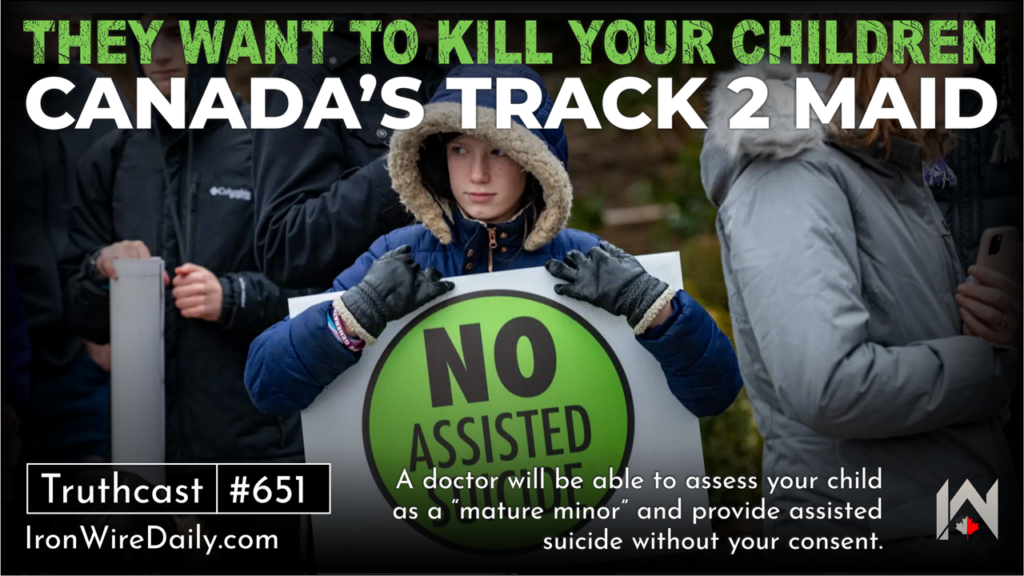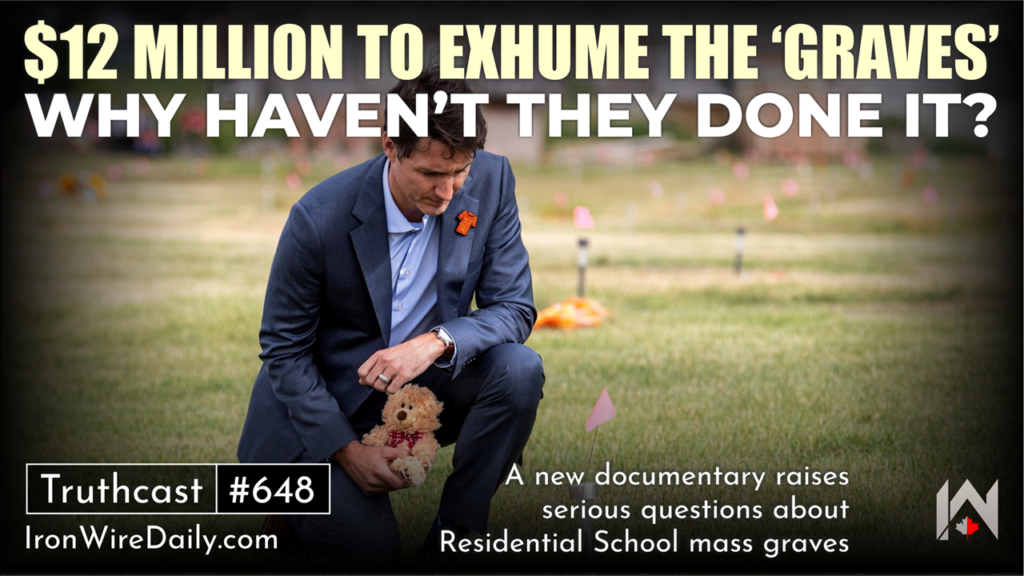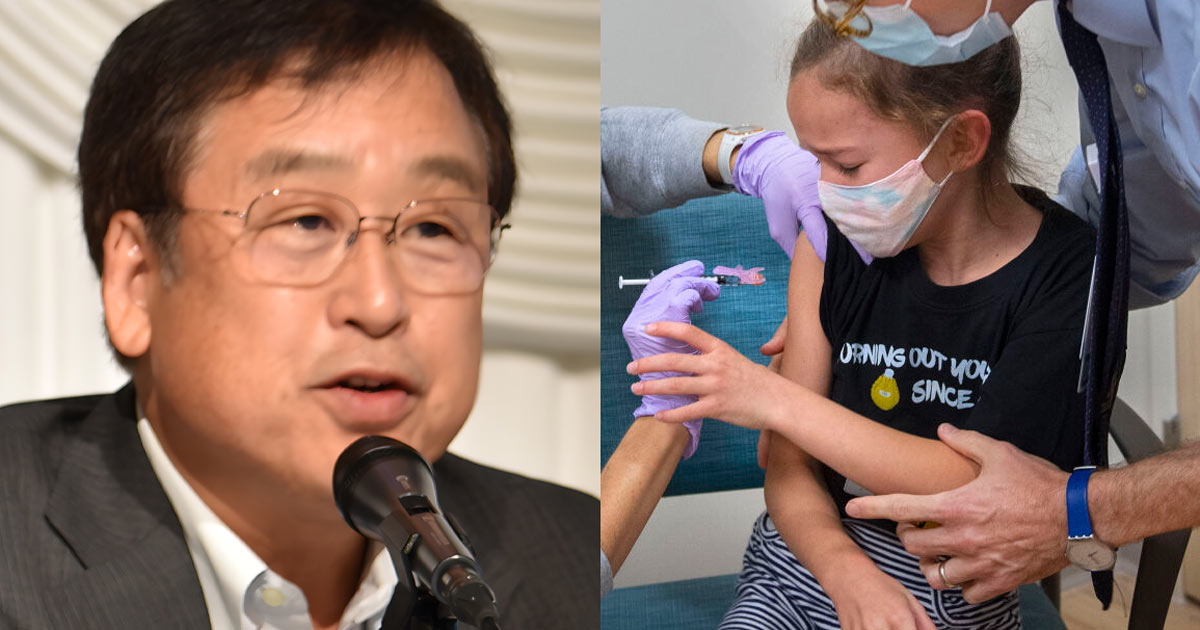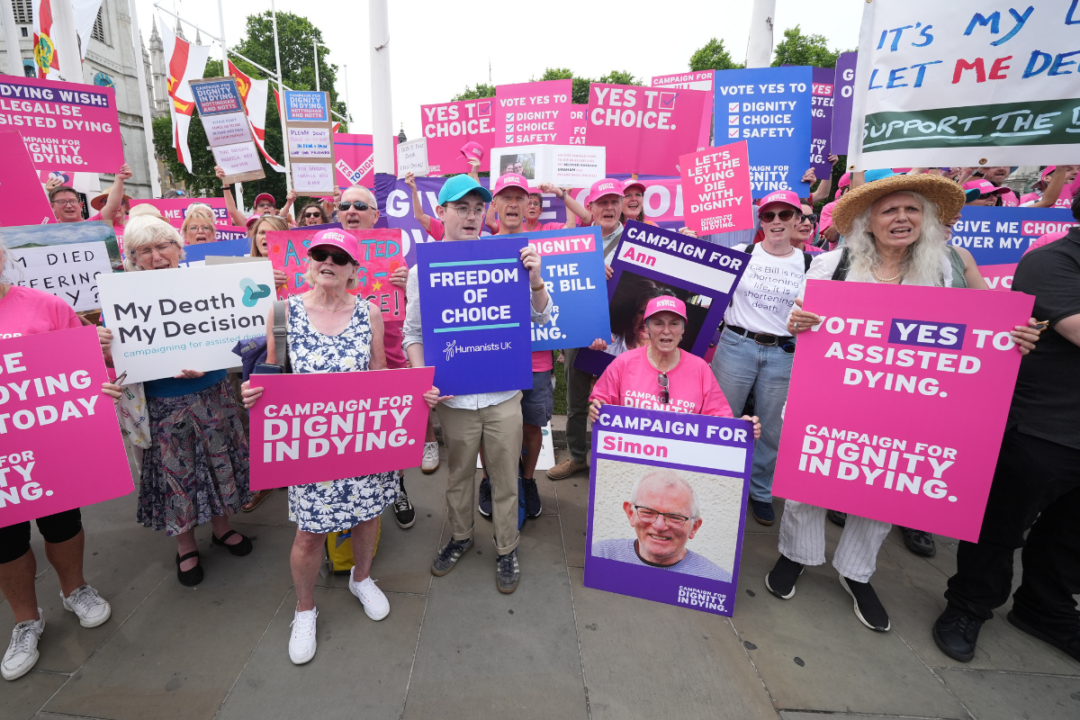Barring Teens With Medical Exemptions From Classroom Increases Suicide Risk

Source: Children’s Health Defense
As more school districts and state health boards bar students with medical vaccine exemptions from the classroom, some experts say those students face a higher suicide risk.
Karl Kanthak, who has researched school vaccine exemption regulations, has provided written and oral briefings regarding vaccine exclusion risks and safety to health and education governing boards. He said a growing number of schools are “recklessly ordering” students with vaccine exemptions to stay home, even though “they have no idea what the student’s mental status is.”
Kanthak said there are parallels between students being barred from school attendance because of their vaccination status and students barred from school for disciplinary reasons.
In both cases, students are deprived of the opportunity to interact with their peers or participate in extracurricular activities and are even barred from attending class online.
“Functionally, a school vaccine exemption exclusion is identical to a disciplinary suspension or expulsion,” Kanthak said. “If anything, it is worse as the student did not break any rules to warrant the action … It is now recognized that some youth will respond to a disciplinary suspension or expulsion with a self-harm attempt.”
Youth suicides in U.S. increased during COVID pandemic
According to Kanthak, a growing number of school administrators in the U.S. have been excluding students with medical exemptions from school, even though these exclusion policies aren’t accompanied by a risk-benefit analysis weighing the potential harms of barring students from attendance.
“There was no research as to the unintended consequences of this policy,” Kanthak said. When he asked officials at the Washington State Department of Health whether they consulted with state mental health authorities before enacting their exclusion policies for vaccine-exempt schoolchildren, they didn’t respond.
“Everyone’s afraid of questioning any aspect of vaccines or the vaccination program because you’ll be labeled anti-vax,” Kanthak said.
School districts and state health boards haven’t conducted studies on the potential harms of their exclusion policies. However, statistics suggest such policies may be connected to an increased rate of youth suicides in the U.S. in recent years.
Data from the Washington State Department of Children, Youth & Families shows a sharp increase in youth suicides during the COVID-19 pandemic. Suicides increased to 227.5 per 100,000 youth in 2019 — the year before the pandemic was declared — to a peak of 409.9 per 100,000 in 2021, and 405.1 in 2022.
Remote learning was in place in many Washington schools, at least through the spring of 2021. However, many Washington schools shifted back to remote learning in 2022, following COVID-19 outbreaks among students or teachers.
In Nevada, the Clark County School District, which includes Las Vegas and is the fifth-largest in the U.S., reopened schools to in-person learning in January 2021, after 18 students committed suicide since the beginning of the pandemic. That was double the number recorded in the district for all of 2019.
According to the New York State Office of Mental Health, suicide is the second-leading cause of death for youth in New York and throughout the U.S.
By contrast, official statistics from Sweden, which did not impose lockdowns or school closures during the COVID-19 pandemic, show that suicides among young people decreased in 2020 and subsequent years.
A Swedish government commission that investigated the country’s COVID-19 response found the no-lockdown strategy was “fundamentally correct,” and defended the decision to keep schools open, noting the low levels of excess mortality in 2020 and 2021.
Policies force ‘medically fragile kids into impossible choices’
Kanthak said he was prompted to become an activist for the issue after a national mumps outbreak in 2016-2017.
The outbreak was centered among Marshall Islanders and other Pacific Islanders living in the mainland U.S. Even though most of the infected students during that outbreak had been vaccinated with the measles-mumps-rubella (MMR) vaccine, schools in Washington began implementing a zero-tolerance policy for students with vaccine exemptions, barring them from school.
Kanthak said he began researching youth suicides and risk factors after one of the students excluded from school committed suicide.
“It was so egregious, top to bottom, because Washington State doesn’t have a specific vaccine exclusion policy,” Kanthak said. While Washington has a disease management policy stipulating the quarantining of students during an outbreak, schools must provide the students and their families with written notice, and the exclusion period cannot exceed 30 days.
Kanthak said Washington school boards did not follow this policy during the mumps outbreak. Instead, students with vaccine exemptions were involuntarily and indefinitely excluded from school attendance.
New York attorney Sujata Gibson, who represents some medically exempt students who have been excluded from school, said that such policies force “medically fragile kids into impossible choices — like risking vaccine injury or losing education.”
According to Gibson, this is “a recipe for psychological harm.”
Gibson said:
“Having litigated this issue since 2019, I have seen countless examples of how the revocation of medical exemptions and subsequent abrupt removal from school and services has devastated vulnerable children’s educational progress but also mental and emotional health, increasing anxiety, depression and even suicidal ideation.”
Gibson cited the example of Sarah Doe, a New York teen who is suing Oceanside Union Free School District for denying her medical exemption — even after seven doctors and medical practitioners said she shouldn’t get the vaccine due to her serious medical conditions. Children’s Health Defense (CHD) is funding her lawsuit.
Previously a star athlete in flag football, Sarah is now falling behind in school, suffering from depression and spends most of the day in bed.
“The state is intentionally removing protective factors and is intentionally enforcing risk factors on these children without notifying the parents of the danger they’re placing the children in,” Kanthak said.
Denying education to students with medical exemptions may violate federal, state laws
New York eliminated vaccine exemptions in 2019. That year, the state also enacted regulations allowing schools to reject valid medical exemptions. Since then, New York has begun cracking down on medical exemptions, including revoking previously approved exemptions.
Kanthak said this policy contradicts the justifications state lawmakers previously presented when advocating for repealing the religious exemptions.
“Protecting those medically exempt students on campus was one of the main arguments for passing the law against the religious exemption, so that those kids could safely go to school,” Kanthak said.
Addressing the Sarah Doe lawsuit, Gibson said that CHD “is actively challenging restrictive vaccine mandates through lawsuits, like the Doe v. Oceanside and other cases, and advocacy to protect medical exemptions, ensuring medically fragile kids aren’t unfairly excluded from education.”
Gibson said policies that allow schools to remove students from the classroom, school-related activities and online learning may violate state and federal legislation.
“All children are entitled to education under federal and state laws,” Gibson said. “Denying access entirely, especially to medically fragile students, violates disability and education rights, particularly when policies ignore individual medical needs.”
“If these less-than-fully vaccinated students represent an existential threat to the rest of the student body, then you can’t just order kids off campus,” Kanthak said. “They have to make provisions for their education, and they also need to mitigate the harm to the child.”
‘Rigid vaccine policies that ignore medical exemptions risk tragedies’
According to the New York State Department of Health, risk factors for youth suicide include “loss of family or friends, and feeling lonely, helpless, hopeless, or depressed.” Factors that can help prevent teens from becoming suicidal include “Strong support network of friends, family, peer groups or outside activities.”
Schools can play a role in this, according to the New York State Education Department, as they “offer students the opportunity to build their resilience by
developing caring relationships with teachers, and school staff,” and by “providing opportunities to participate and contribute to the school community.”


This article was funded by critical thinkers like you.
The Defender is 100% reader-supported. No corporate sponsors. No paywalls. Our writers and editors rely on you to fund stories like this that mainstream media won’t write.
An October 2024 Centers for Disease Control and Prevention report based on a systematic review conducted between 1990 and 2020 found that school suspensions were linked to higher odds of self-injury and suicide.
And a 2024 study published in the Journal of School Health found that exclusionary policies, such as suspensions, were linked to increased depression and anxiety among students in grades eight, nine and 11.
In 2015, Hayden Long, an Ohio teenager, honors student and star quarterback on his high school’s football team, received a two-week suspension from school attendance and sports, based on a suspicion of marijuana use — although no marijuana was found. Two days later, Long committed suicide.
“Rigid vaccine policies that ignore medical exemptions risk tragedies,” Gibson said. “We need compassionate, evidence-based approaches that comport with disability rights statutes, and put the needs of the disabled children first. New York’s reckless policy is placing children at harm and has already resulted in avoidable severe injury.”
According to Gibson, several legal avenues are being pursued to challenge such policies across the U.S., including challenges under the Americans with Disabilities Act, claims under tort law and emergency petitions.
“These strategies hold schools accountable for disregarding medical exemptions and harming vulnerable students,” Gibson said.
Related articles in The Defender














